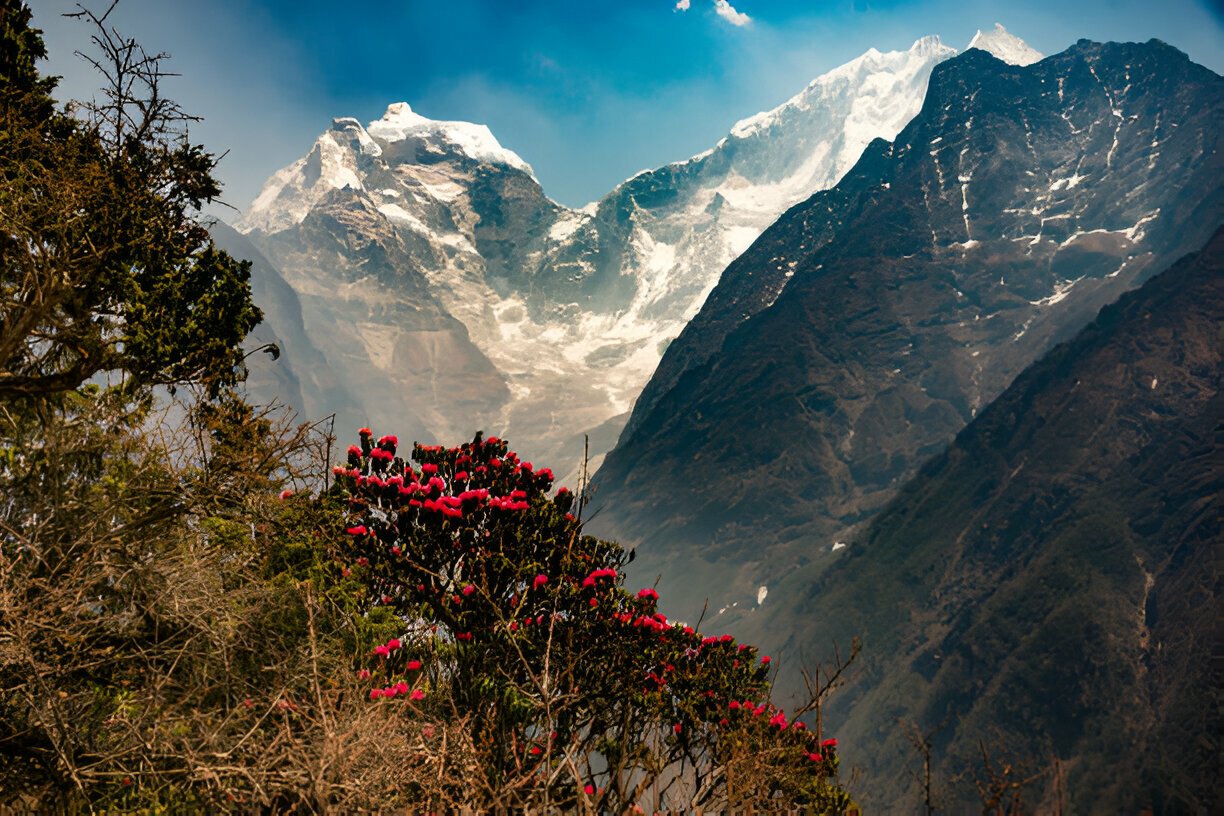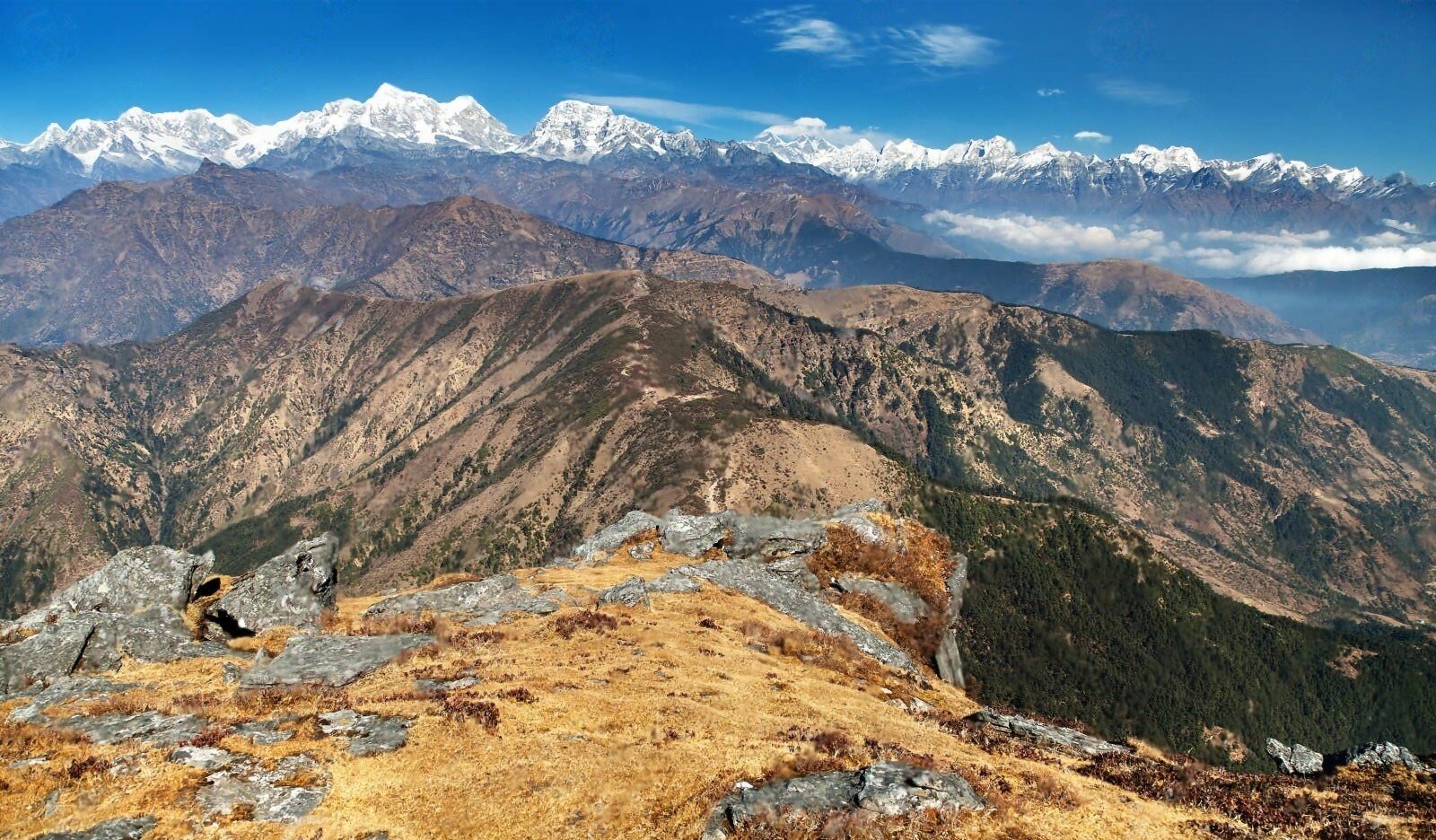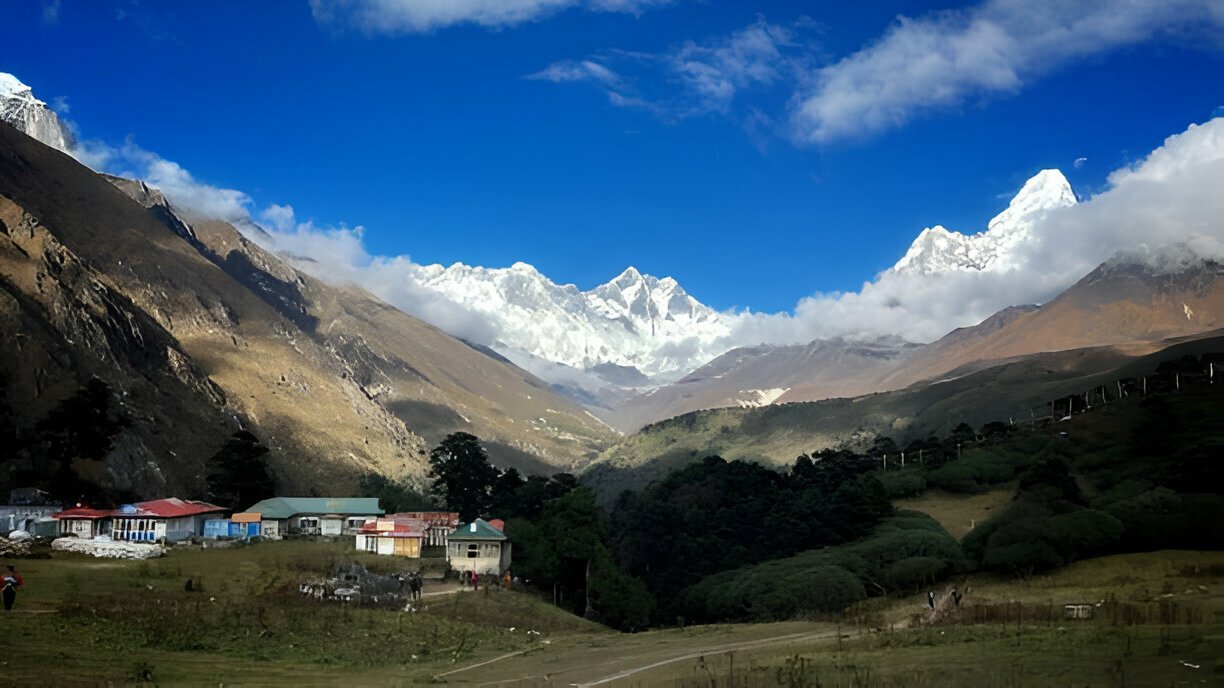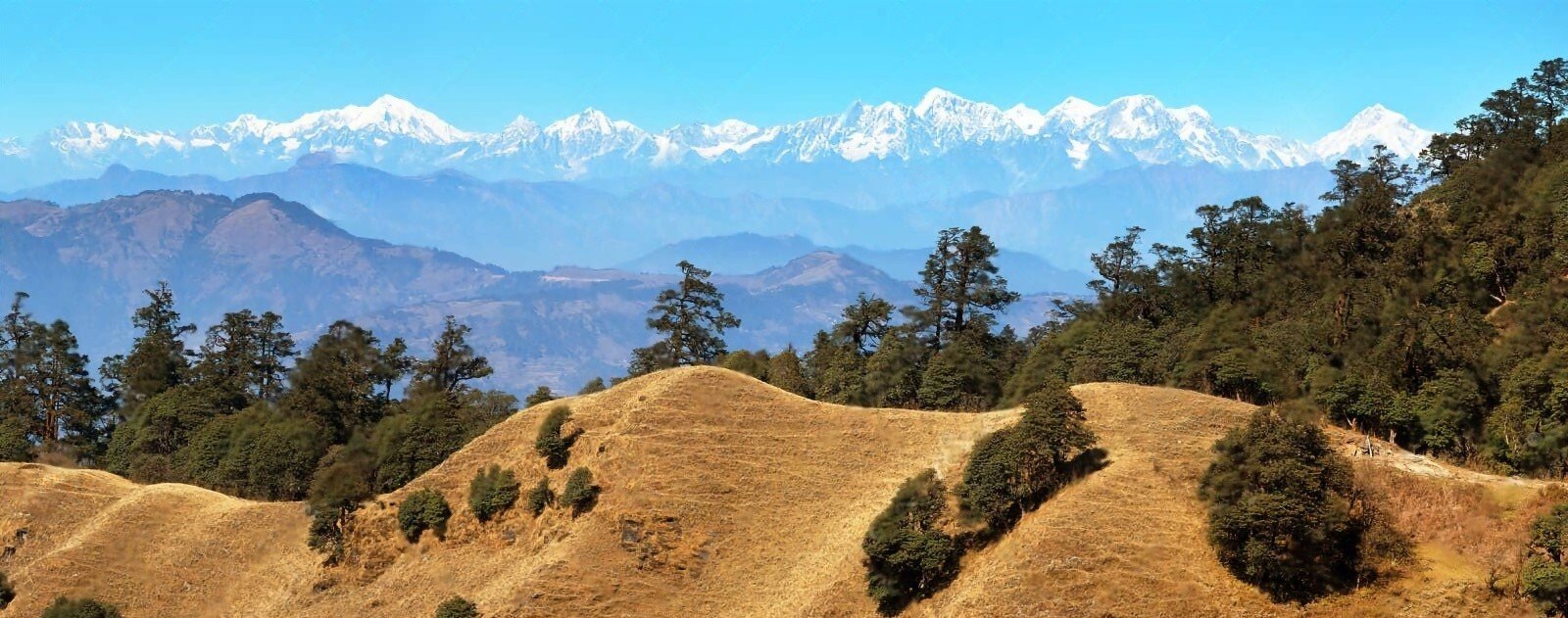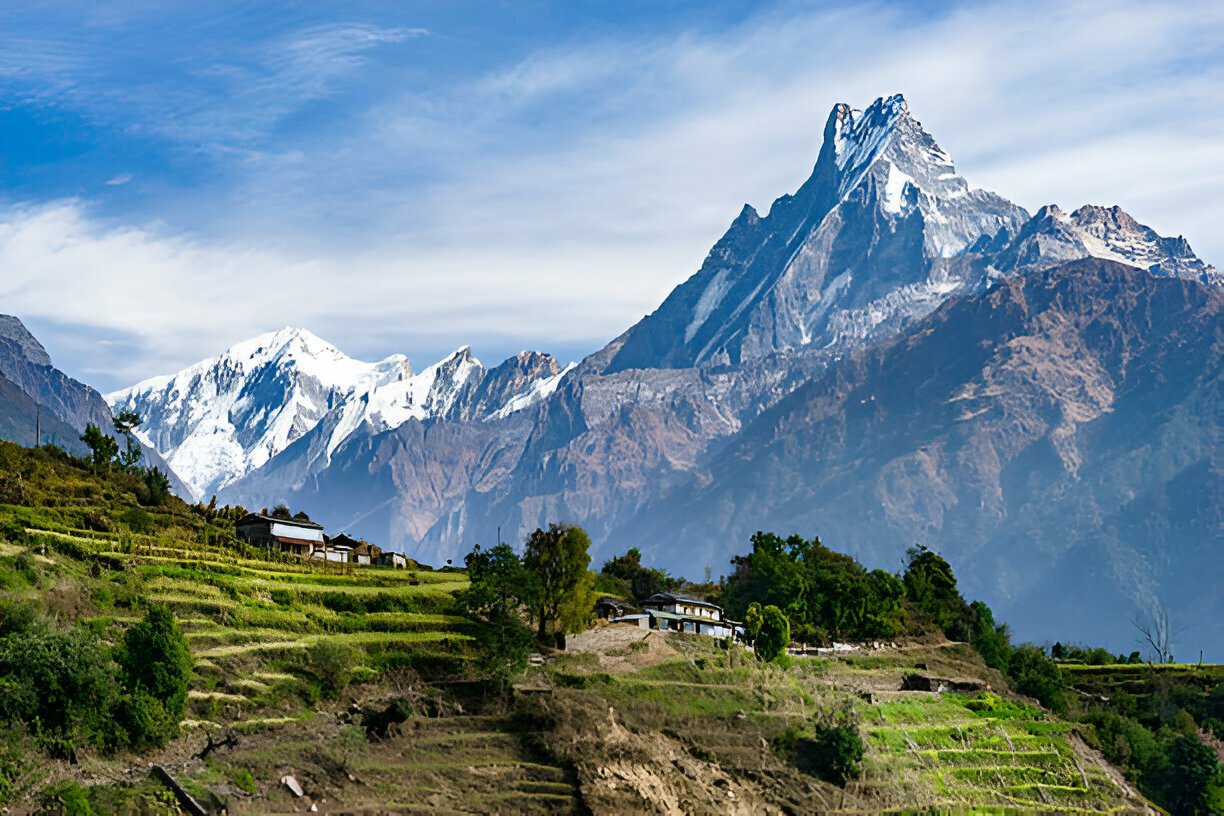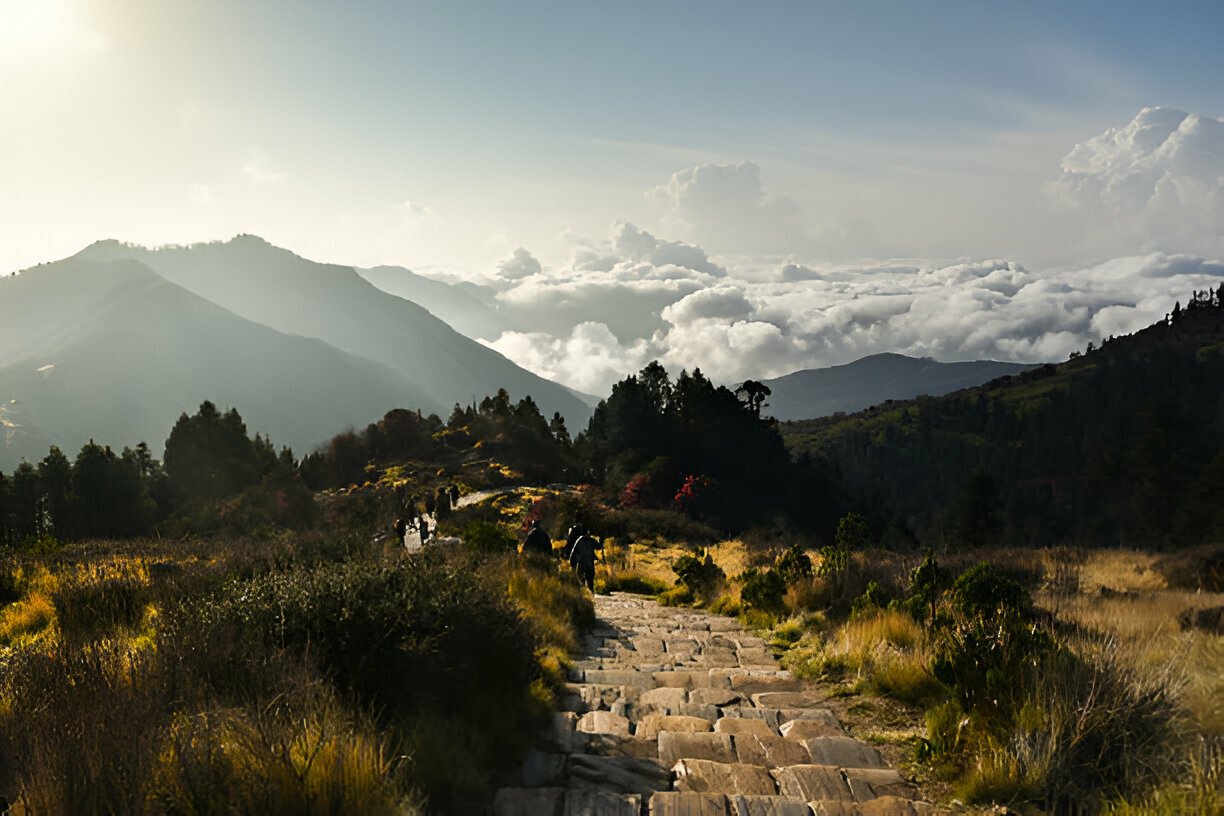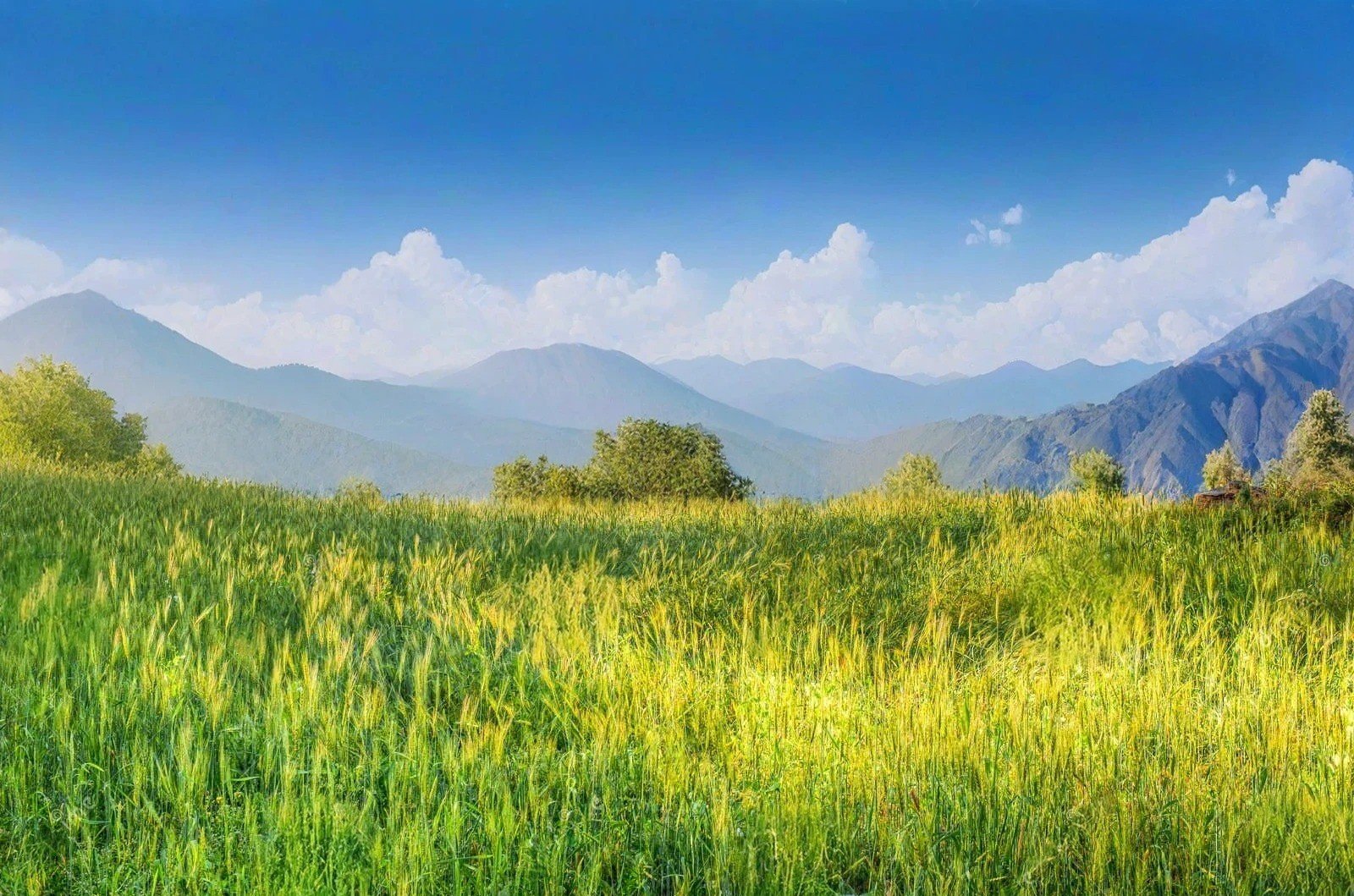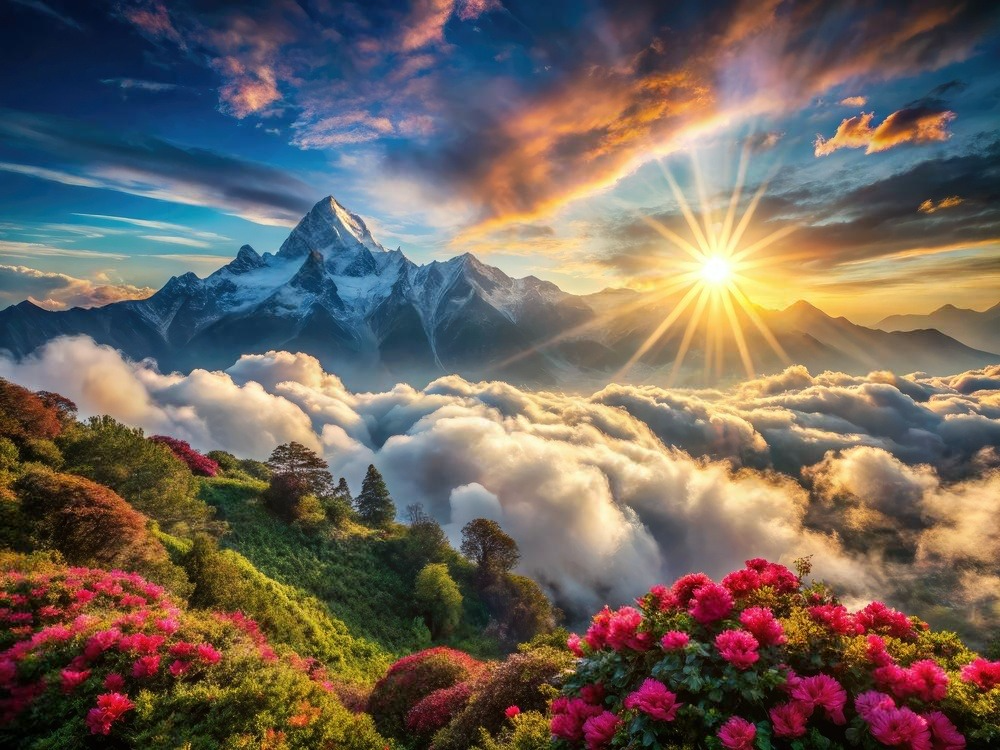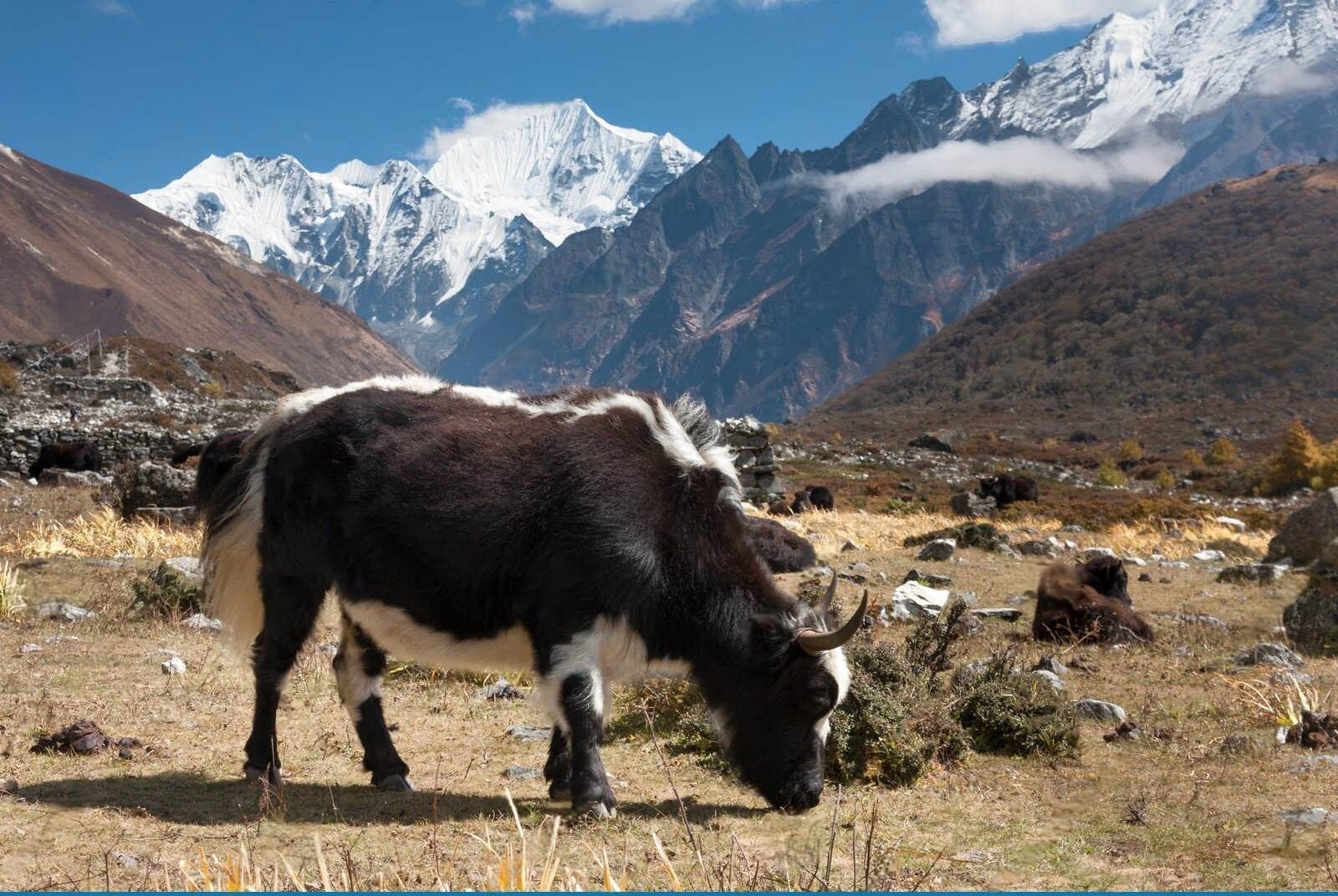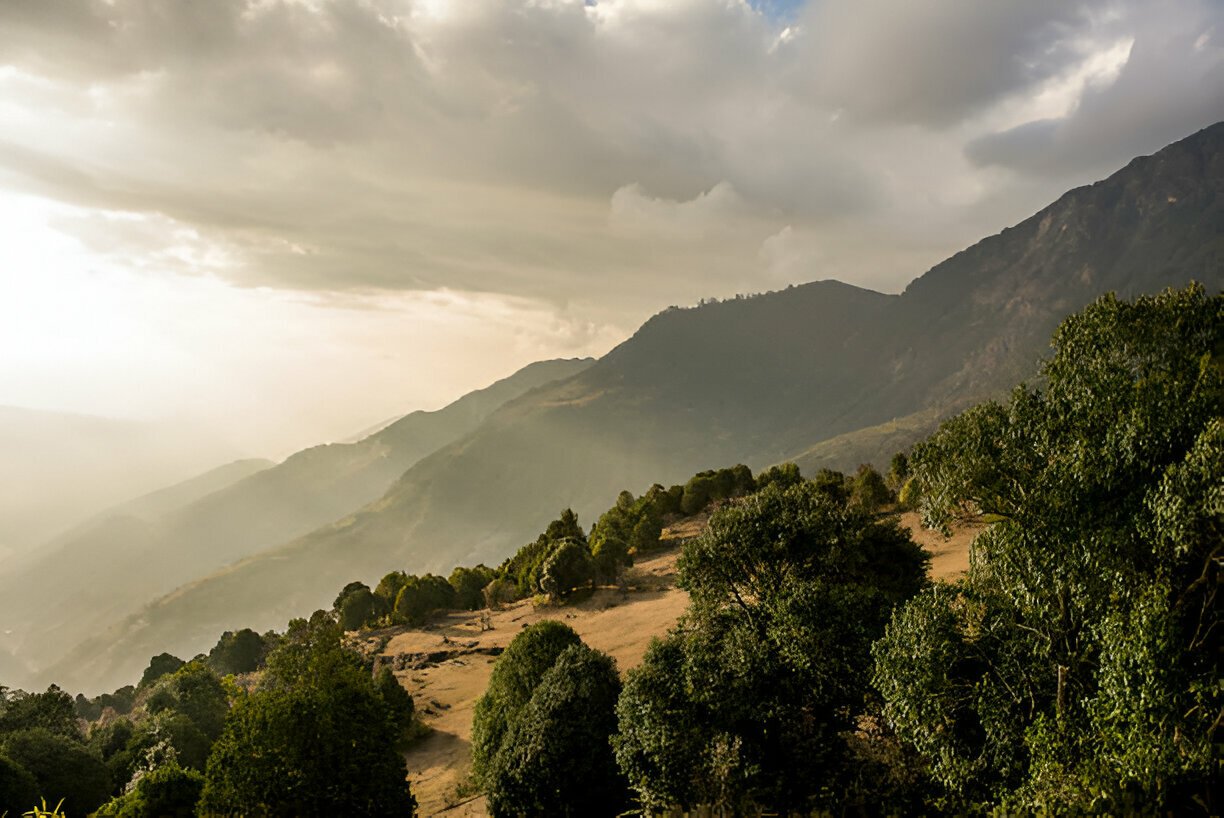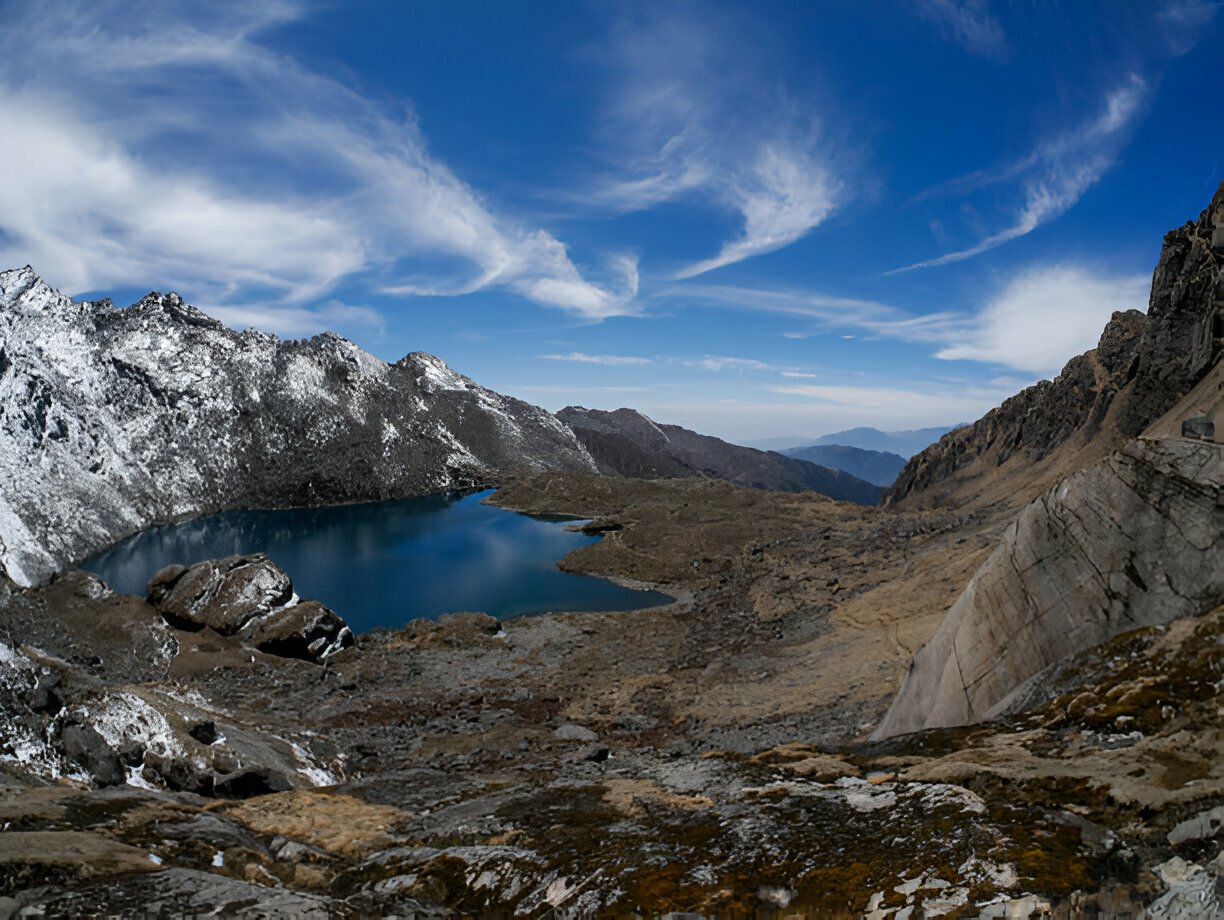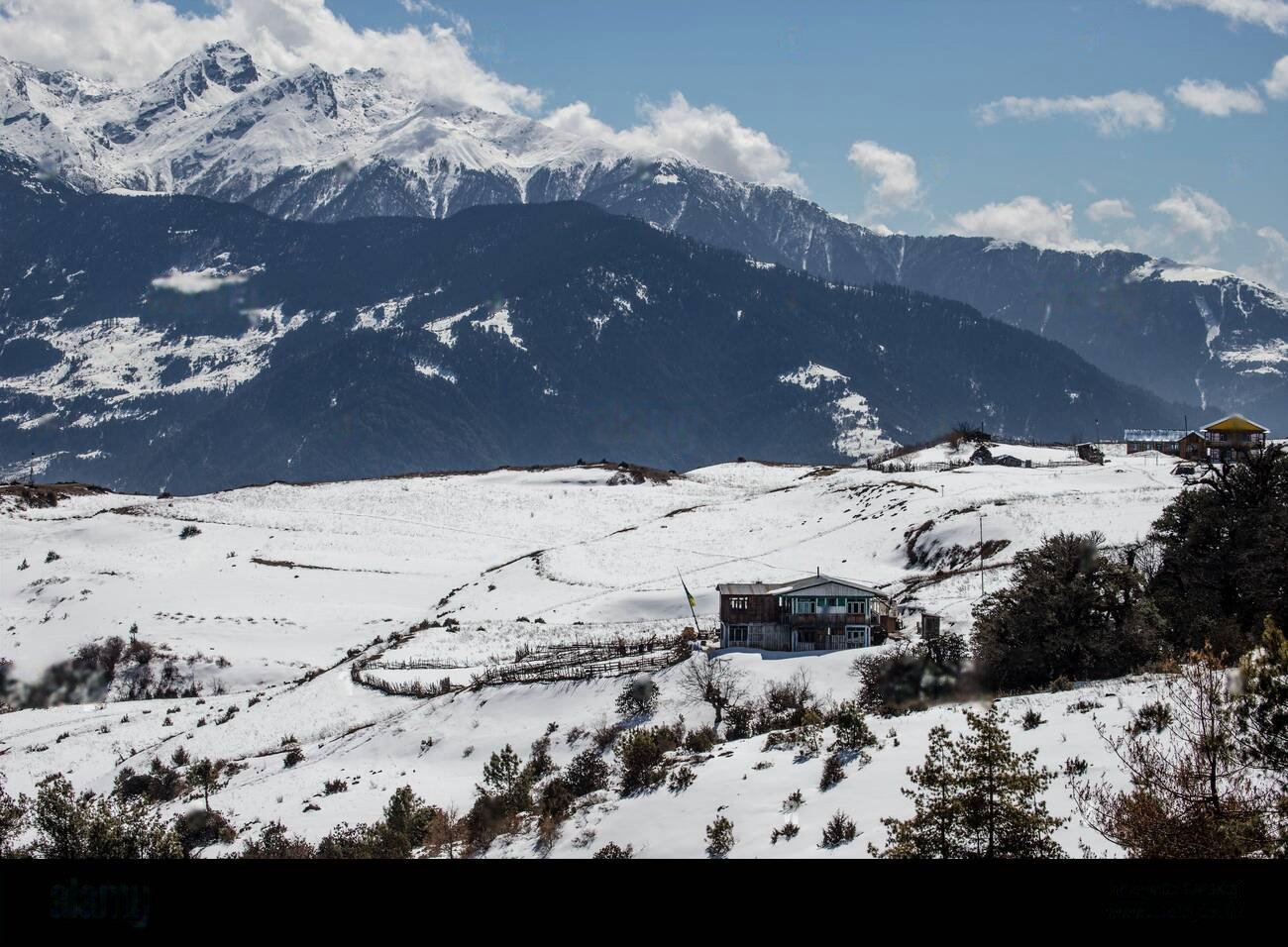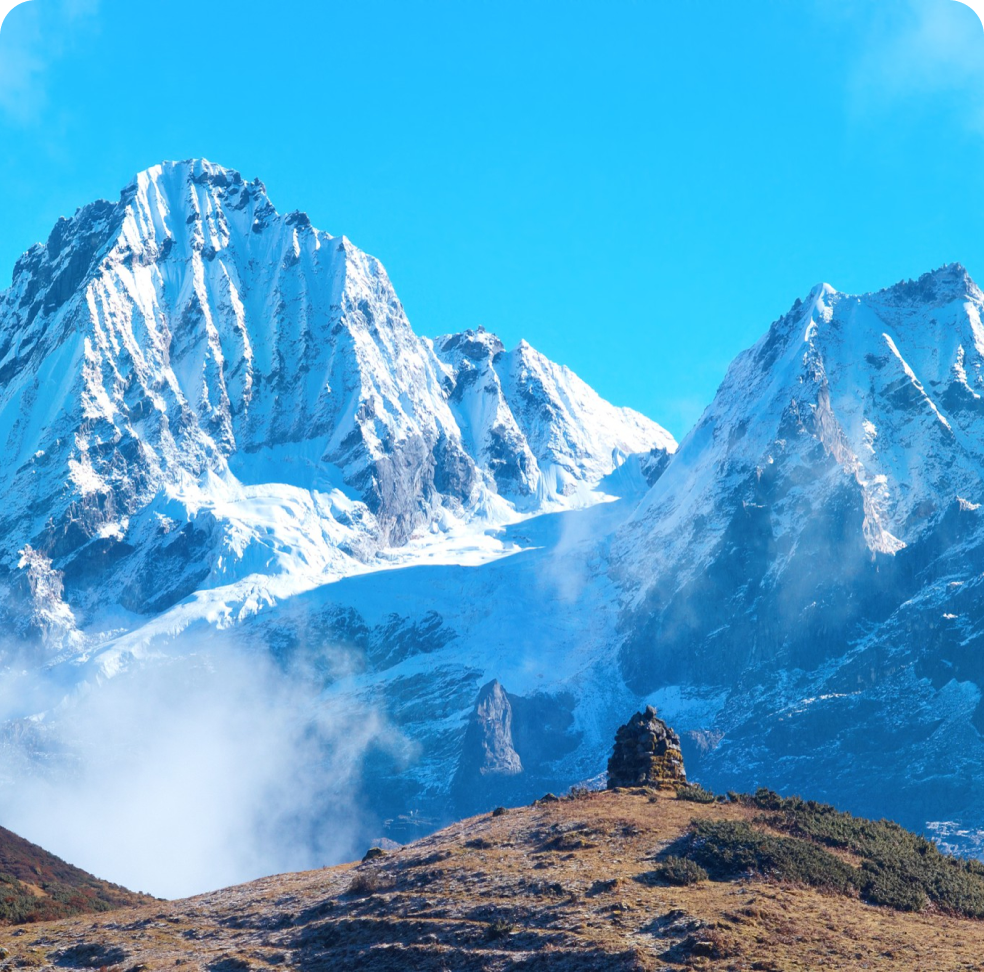Nestled in the rain shadow of the Annapurna range in north-central Nepal, Manang offers a stark yet mesmerizing landscape that feels worlds away from the lush valleys of the southern Himalayas. This high-altitude desert region, with its breathtaking views, ancient monasteries, and unique Tibetan-influenced culture, provides trekkers with an extraordinary glimpse into one of Nepal's most distinctive environments.
Known as the "Mountain Desert," Manang sits within the Annapurna Conservation Area and features dramatically different terrain from most Nepalese trekking destinations. Its arid landscape, surrounded by snow-capped peaks including Annapurna II (7,937m), Annapurna III (7,555m), and Gangapurna (7,454m), creates a surreal backdrop for adventure seekers and cultural enthusiasts alike.
The Manang Valley's unique positioning creates a remarkable microclimate. While monsoon rains drench much of Nepal, Manang remains relatively dry year-round, making it an ideal trekking destination even during traditional off-seasons. The region's biodiversity includes rare snow leopards, blue sheep, and high-altitude vegetation that has adapted to the harsh mountain environment.
Culturally, Manang is home to the Nyeshang people (also known as Manangis), who have traditionally been trans-Himalayan traders with special privileges granted by past kings of Nepal. Their Buddhist traditions, visible in numerous monasteries, prayer wheels, and mani walls, blend with unique local customs developed through centuries of isolation. The architectural style features flat roofs, enclosed courtyards, and ornate wooden elements that reflect the region's Tibetan influences while adapting to the local environment.Whether you're seeking the challenge of crossing the famous Thorong La pass (5,416m) on the Annapurna Circuit or exploring the less-traveled Upper Manang villages, this remarkable region offers profound connections with both nature and ancient Himalayan cultures.
Success
Here goes about why the success toast occurred.




